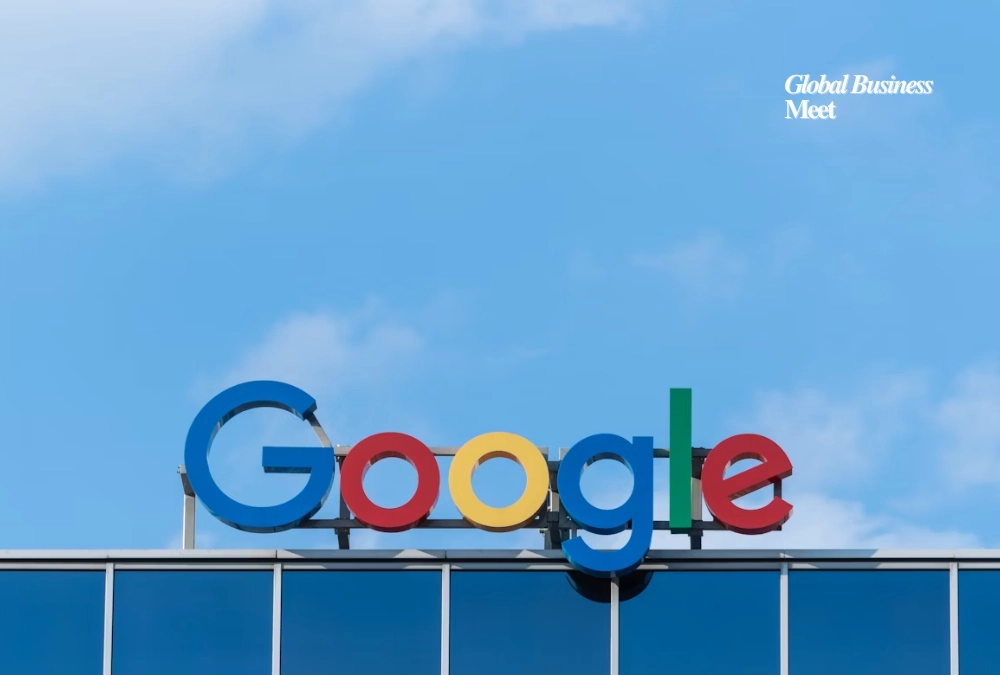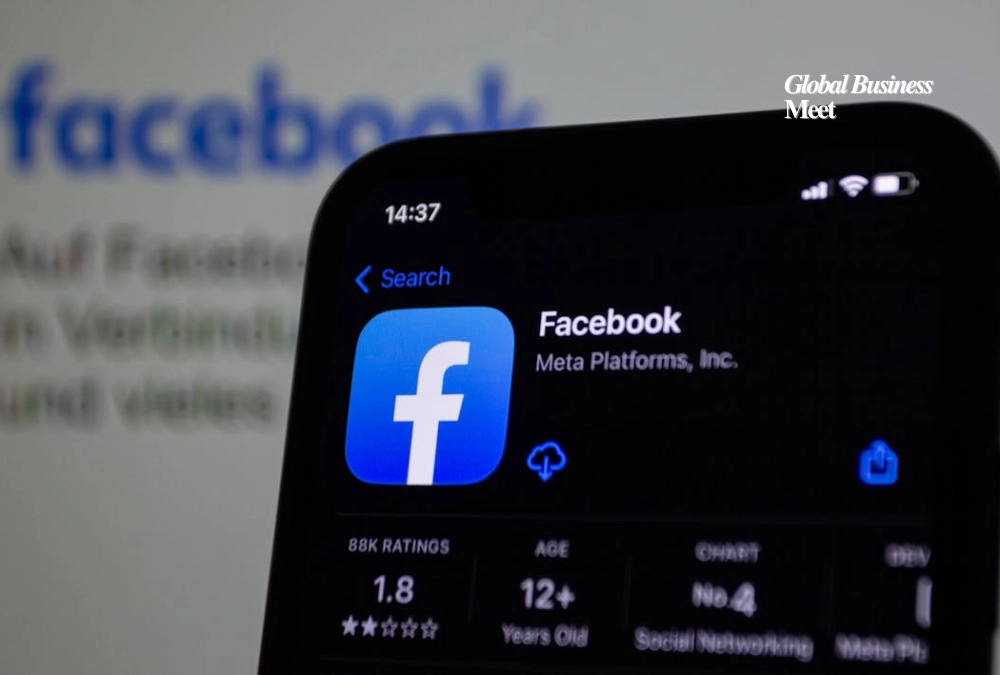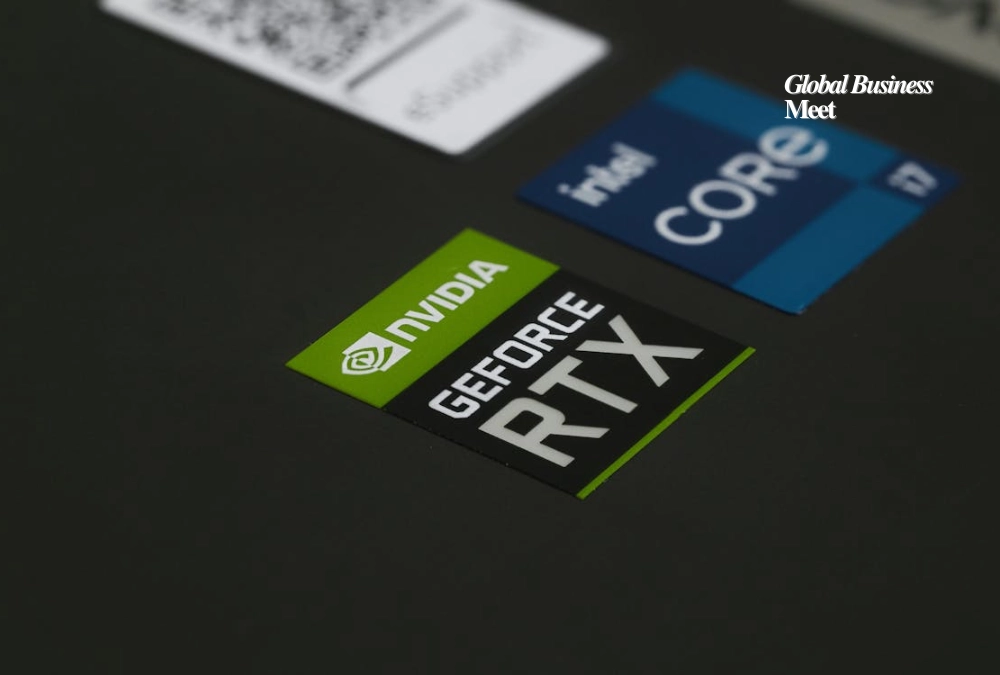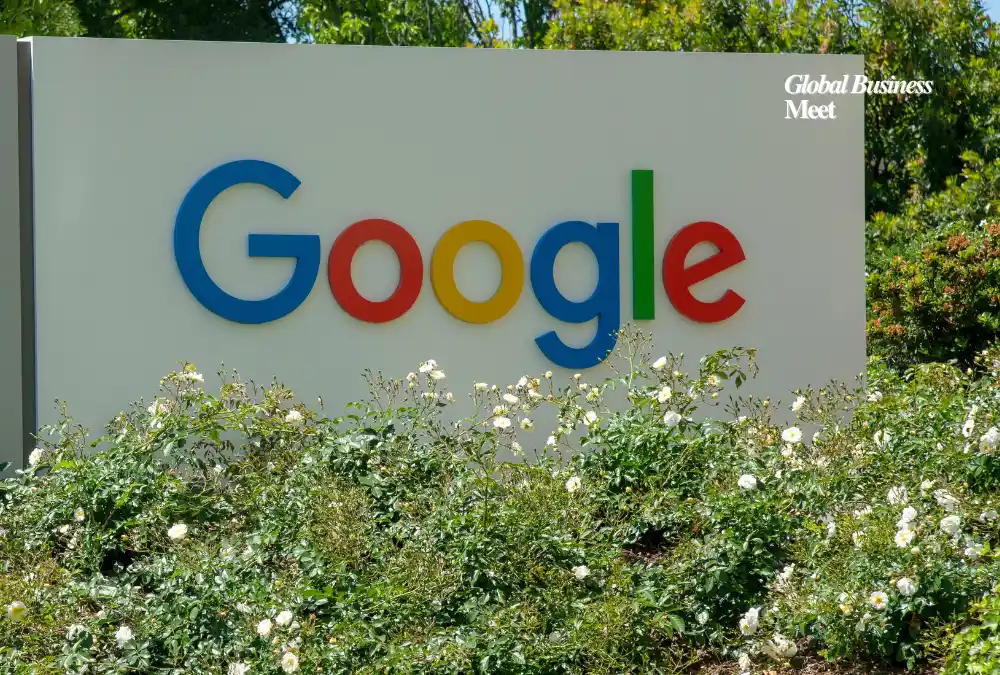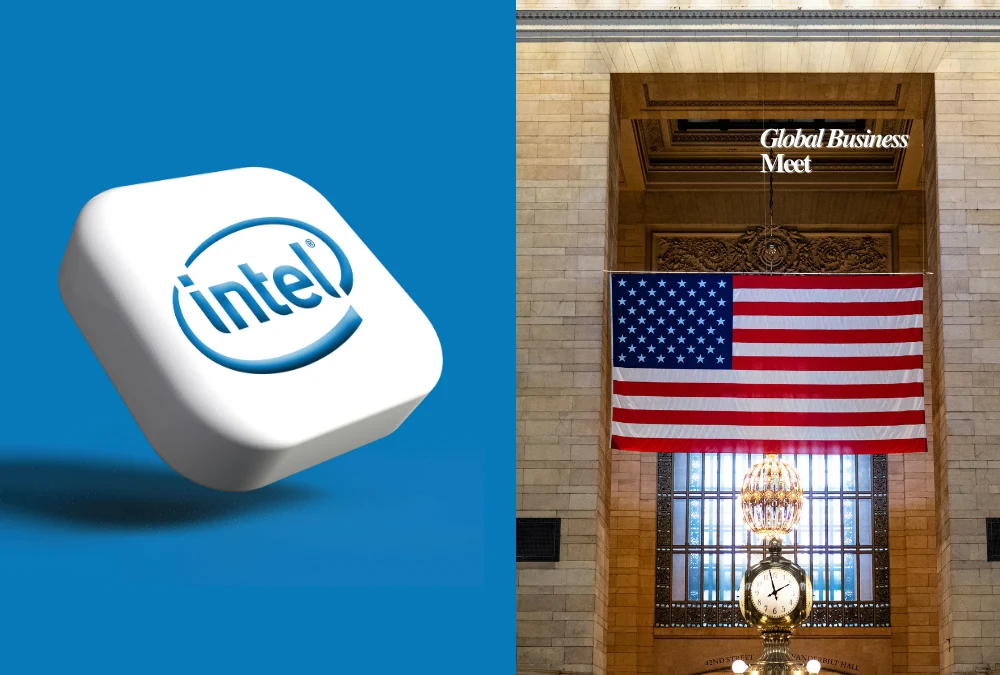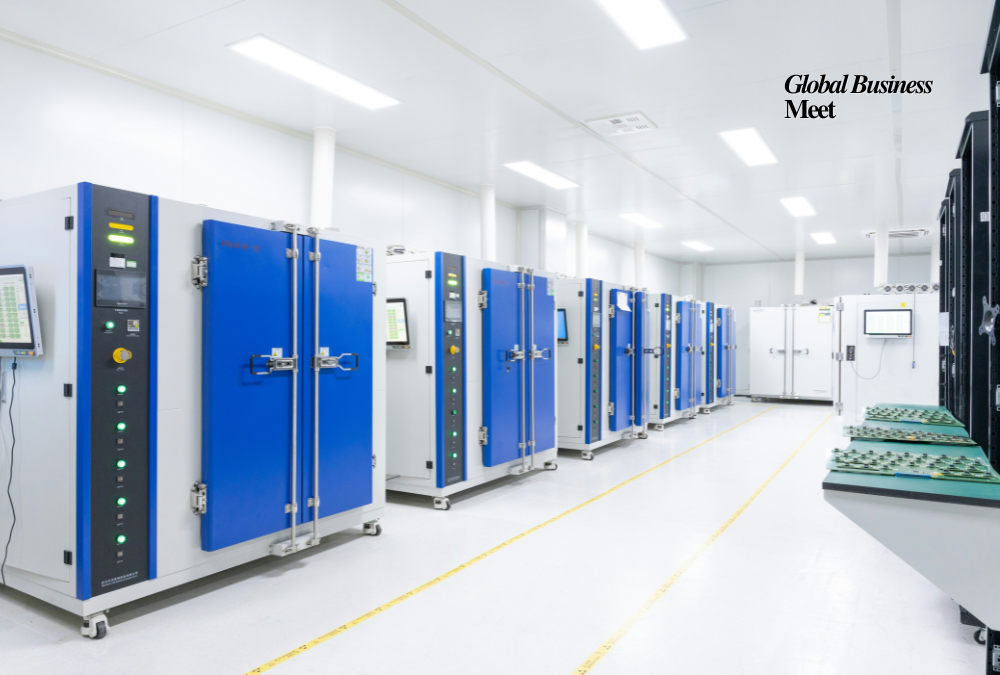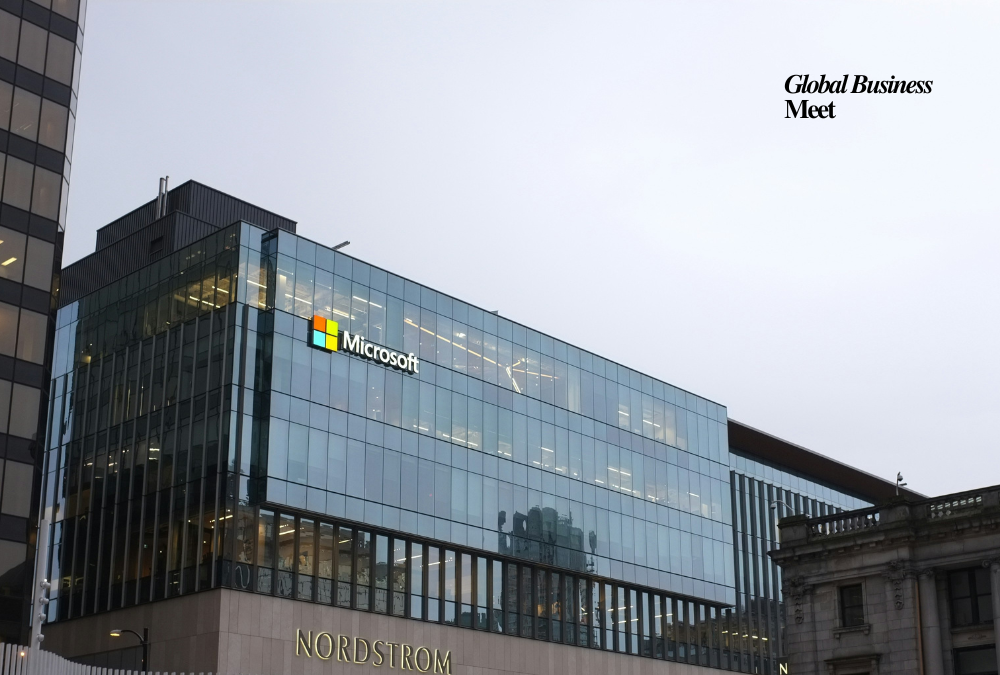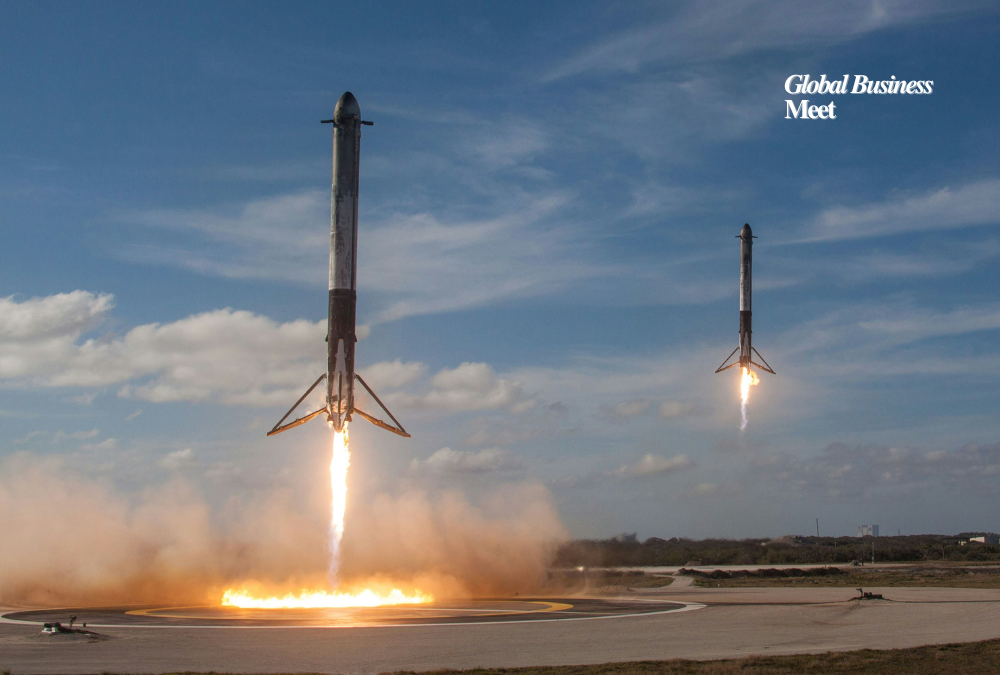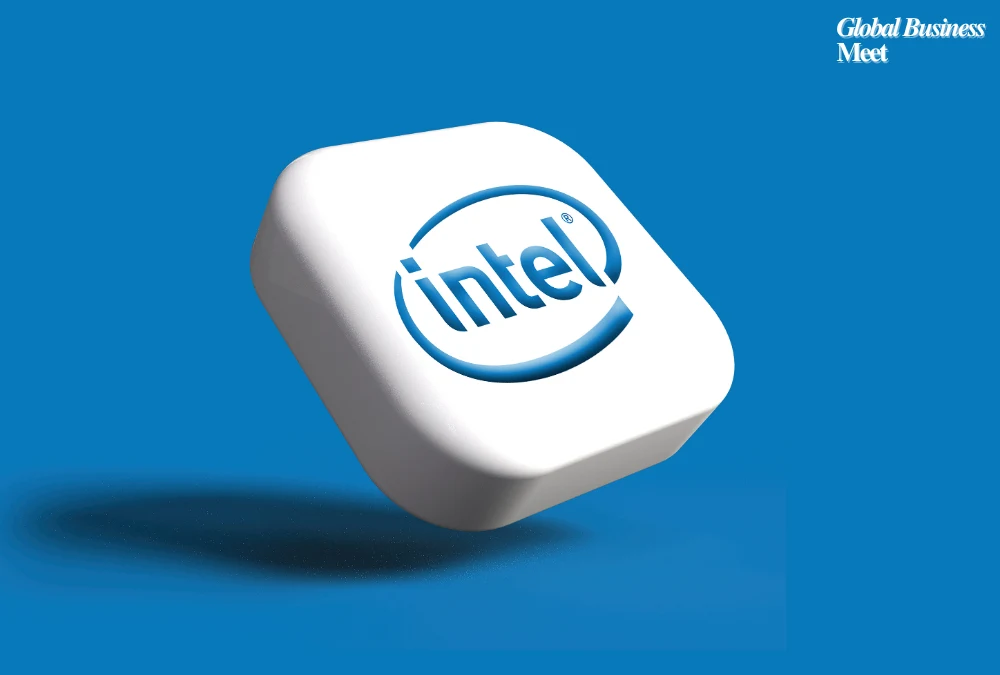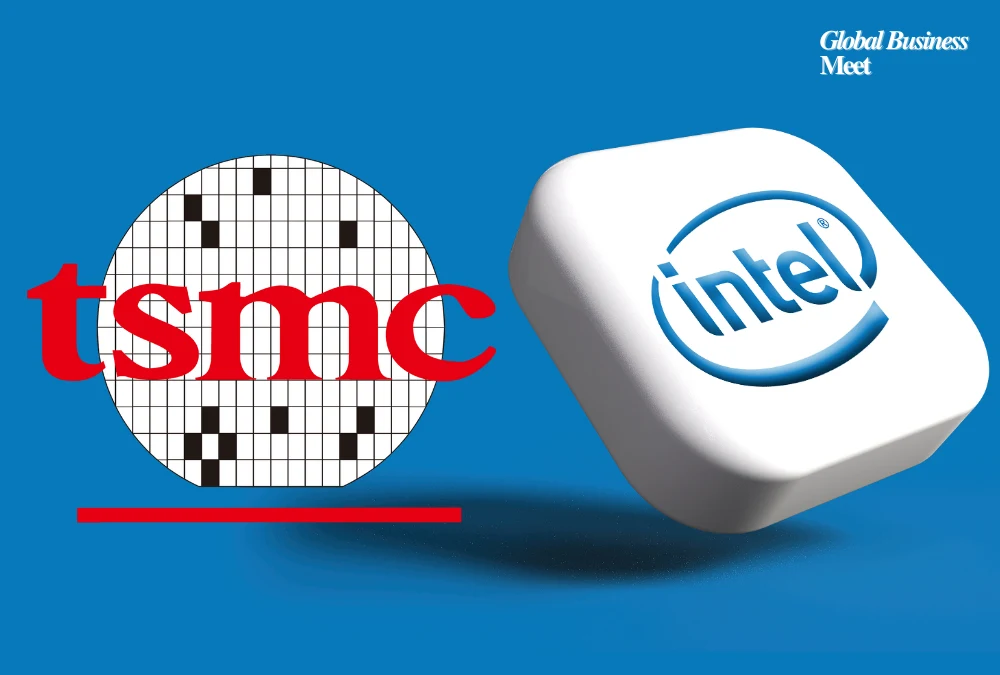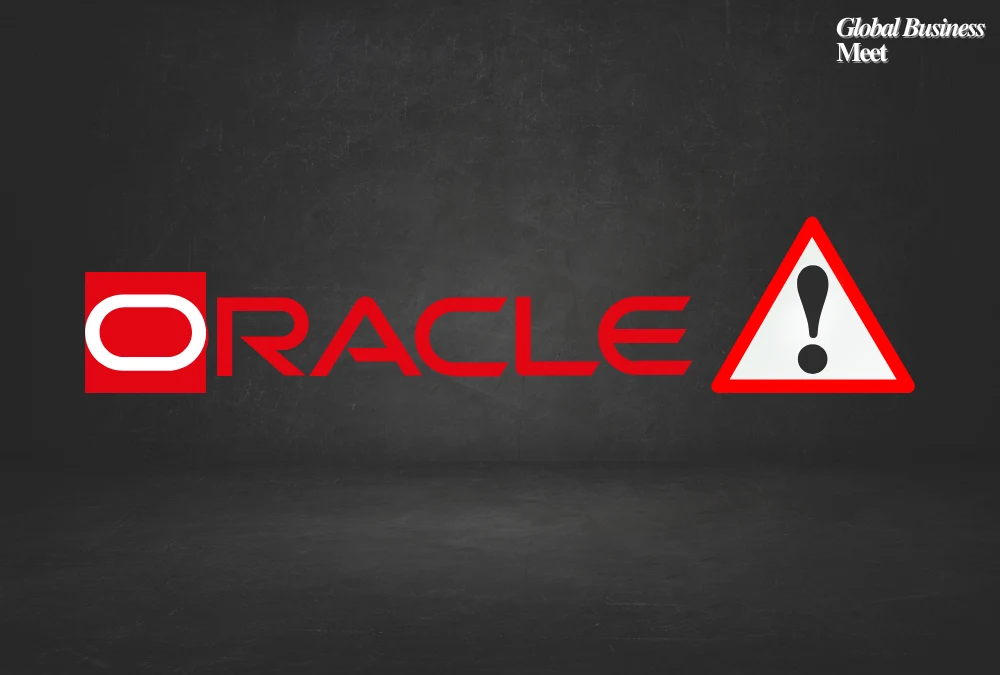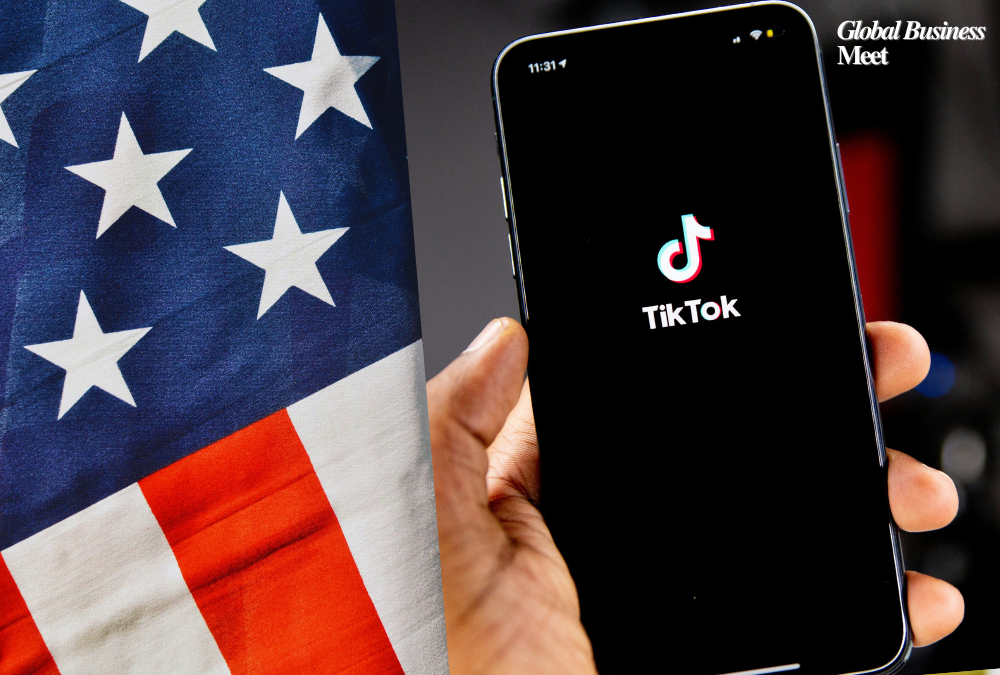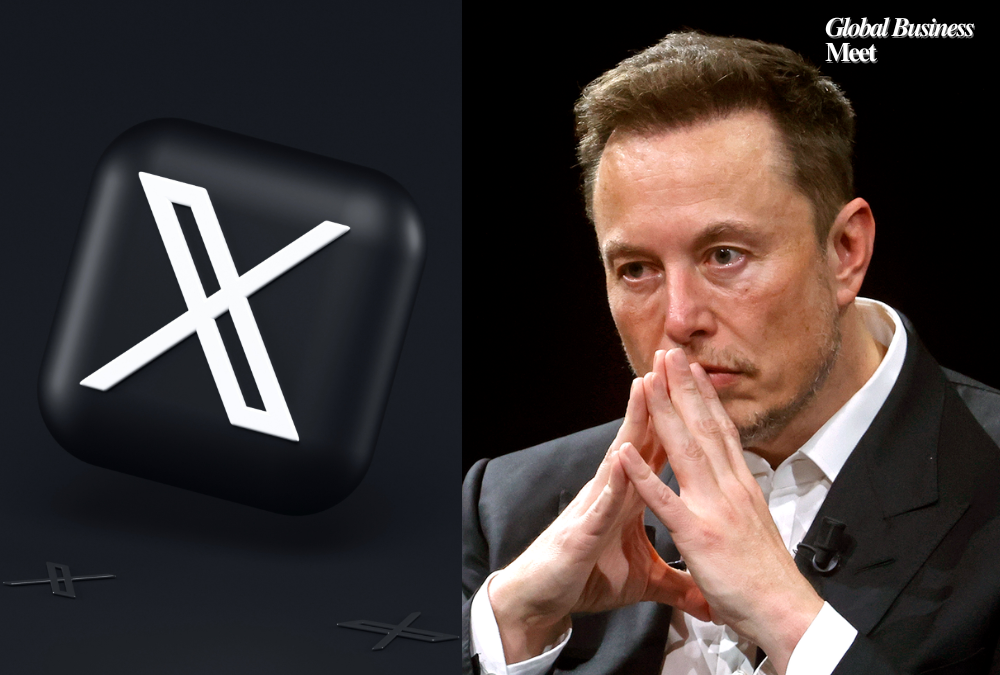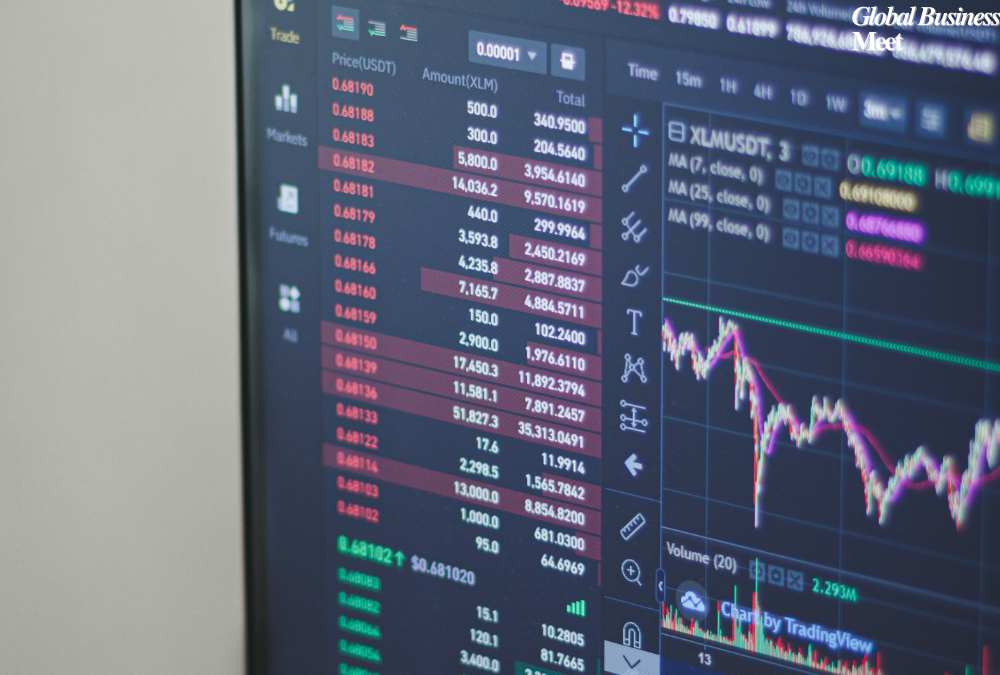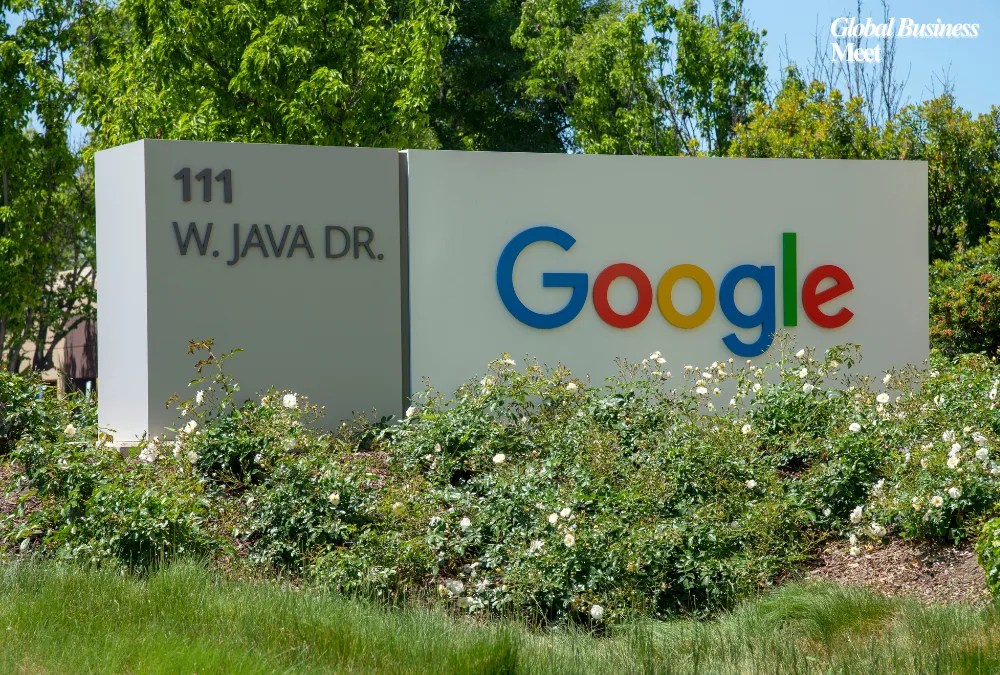
According to TD Cowen analysts on Wednesday, Microsoft has canceled data center projects that were expected to consume two gigawatts of electricity in the U.S. and Europe during the past six months because of an excess of supply compared to its current demand forecast.
The analysts, led by Michael Elias, wrote that the tech giant’s choice to not support additional training workloads from ChatGPT maker OpenAI was a major factor in its decision to withdraw from fresh capacity leasing.
Slow returns and the emergence of Chinese startup DeepSeek, which demonstrated AI technologies at a significantly cheaper cost than its Western competitors, have raised investor concern regarding the large artificial intelligence expenditures made by U.S. tech companies.
Microsoft’s withdrawal has caused Alphabet’s Google to fill the void in foreign markets, while Meta Platforms does the same in the United States, according to TD Cowen’s supply chain checks.
Microsoft stated that although it would “strategically pace or adjust our infrastructure in some areas, we will continue to grow strongly in all regions” following a more than 1% decline in its stock on Wednesday.
It also stated that it is on track to spend $80 billion on AI infrastructure this fiscal year.
Microsoft terminated leases with at least two private data center operators totaling “a couple of hundred megawatts” of capacity, according to TD Cowen analysts in February.
After the Financial Times revealed that Microsoft, its biggest client, had backed out of several contracts, AI cloud company CoreWeave, which grants access to data centers, declared earlier this month that it had not had any contract cancellations.
Executives from Microsoft and Meta defended their significant investments in AI following the DeepSeek announcement in January, claiming that they were essential to be competitive in the emerging industry.
While Meta has committed up to $65 billion, Alphabet has stated that it would spend $75 billion on its AI rollout this year, which is 29% more than Wall Street had anticipated.




